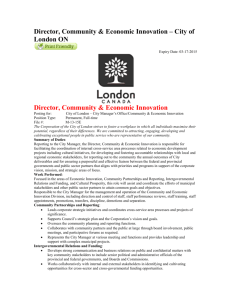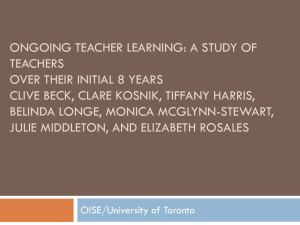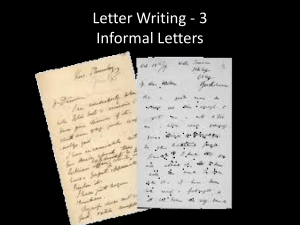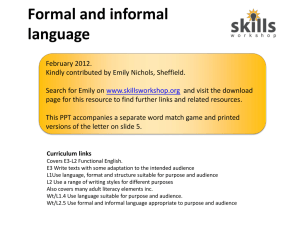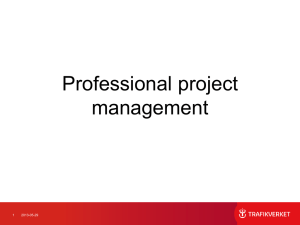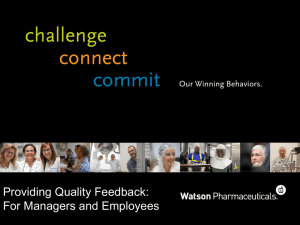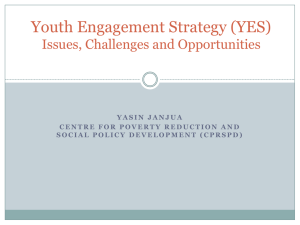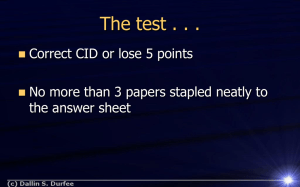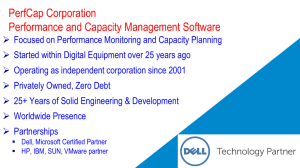Communication Skills
advertisement
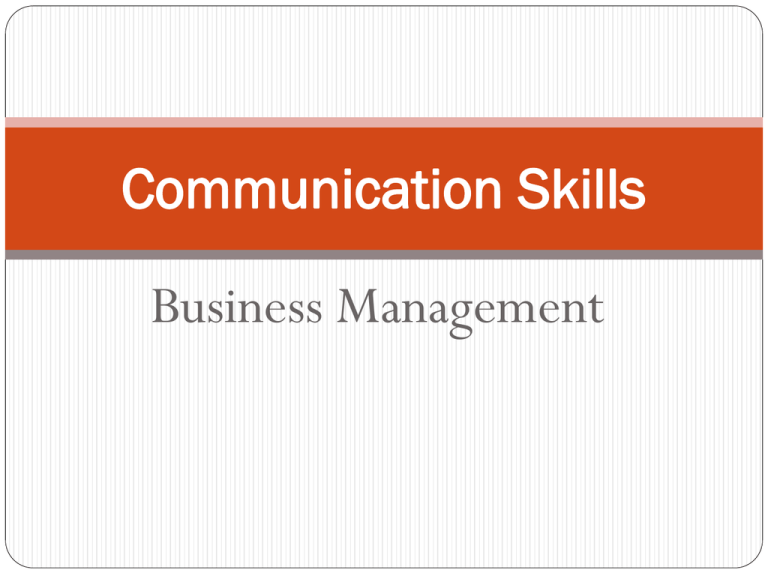
Communication Skills Business Management Previous Topics: The Scope of Management Management Roles, Functions, Skills and Values Benefits & Limitations of Leadership Styles Applying Leadership Styles to Business Situations Skills of Good Managers Personal & Business Ethics Social Media in the Workplace Communication Formal & Informal Communication Methods for Resolving Conflict Benefits of Developing Partnerships Communication Skills Objective We will explain how corporate culture influences formal and informal communication. Essential Questions How does a corporation’s shared values and behaviors influence communication? What does it mean to have an open or restricted communication climate? Shared Values How are the shared values of a corporation identified? Mission & Vision Statement As an employee, how do you know what the corporation’s expectations are for behavior? Policies & Procedures How can the managers of a corporation help to define the communication climate? Communication Policies Defining Communication • It has been estimated that managers communicate more than 2/3 of each work day. • It is important to set expectations on how they should be communicating! Channels of Communication Verbal or Face-to-Face Including phone calls, meetings, public relations Written Including emails, faxes, memos, proposals Nonverbal Communication Electronic Including email, social media, wireless devices Communication Climate The culture of a corporation influences the communication climate. Closed or Restricted – relies on top-down decisions and adheres to numerous rules and strict disciplining for violations of established procedures; communication tends to be formal. Open – encourages creativity and problem solving at all levels and supports communication & information sharing. Formal Communication A formal communication network is the system of official channels that carry organizationally approved messages. Communication channels generally follow the reporting relationships in the firm. Communication flows upward, downward, and across the organization in a prescribed manner. Informal Communication An Informal communication network includes the unofficial ways that employees share information across an organization. Small, informal groups The “Grapevine” Relies heavily on interpersonal communications and e-mail Usually refers to exchanges between employees who get along well together Good managers are aware of informal groups! Think About It Consider movies like The Social Network and The Internship. What type of communication climate do organizations like Facebook and Google seem to have? Why? Consider The Devil Wears Prada. What type of communication climate does Runway Magazine seem to have? Why? Closing Task #1 1. How does an organization establish shared values and beliefs? 2. How would an employee know the company’s expectations for communication behaviors? 3. Describe the differences between an open communication climate and a closed (restricted) communication climate. Communication Skills Objective Essential Questions We will identify methods for resolving conflicts. What are some strategies that a manager could use to help resolve conflict? What are the elements of successful conflict resolution? The Office Season 2: Episode 21 “Conflict Resolution” http://www.youtube.com/watch?v=BBO 1_XBrbzQ Communication Conflicts Conflict is interference by one person with the achievement of another person’s goals. Conflict within organizations can be desirable or undesirable. Good managers are prepared to deal with conflict! Desirable Conflict A small amount of conflict is sometimes beneficial to: Challenge employees Stimulate new ideas This type of conflict exists because the goals of each manager differ. When employees discuss and resolve their conflicting goals, the organization can benefit. Undesirable Conflict Too much conflict can be harmful. Undesirable conflict results when the actions of any person or group interfere with the goals of the organization. Employees who dislike others and carry grudges often cause problems for an organization. Preventing Conflict Encourage open-mindedness to eliminate many of the causes of conflict. Examine all arguments to reach a compromise and a “win-win” situation when possible. Arbitrate among interests to determine what is best for the organization. Resolving Conflict Avoidance Strategy Take a neutral position or to agree with another person’s position even though it differs from your goal or personal belief. Compromise Strategy Everyone involved agrees to a mutually acceptable solution, usually stemming from a thorough discussion of the goals and the best way to achieve them. Win/Lose Strategy No one compromises! Most dangerous approach Successful Conflict Resolution Elements of successful conflict resolution: Communication Coordination Cooperation Identify the true issue that needs to be resolved between the parties in conflict! Closing Task #2 Describe at least two different strategies for resolving conflict. List the elements of successful conflict resolution. Communication Skills Objective Essential Questions We will describe the benefits of developing partnerships within the organization and with the community. What are the potential benefits of building partnerships within a company or organization? What are some potential benefits of developing partnerships with the local community?
